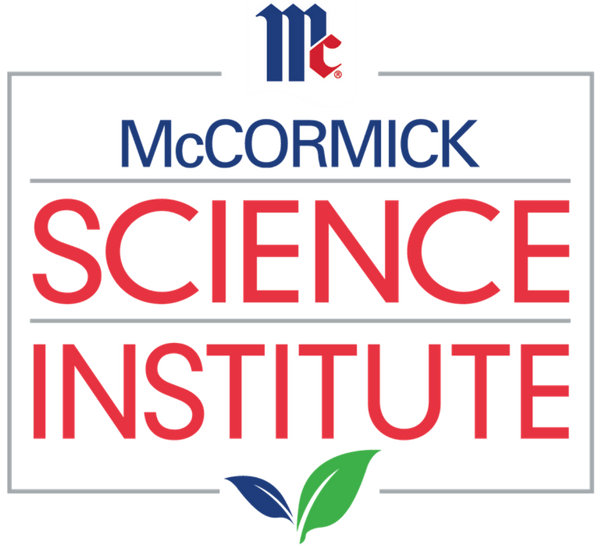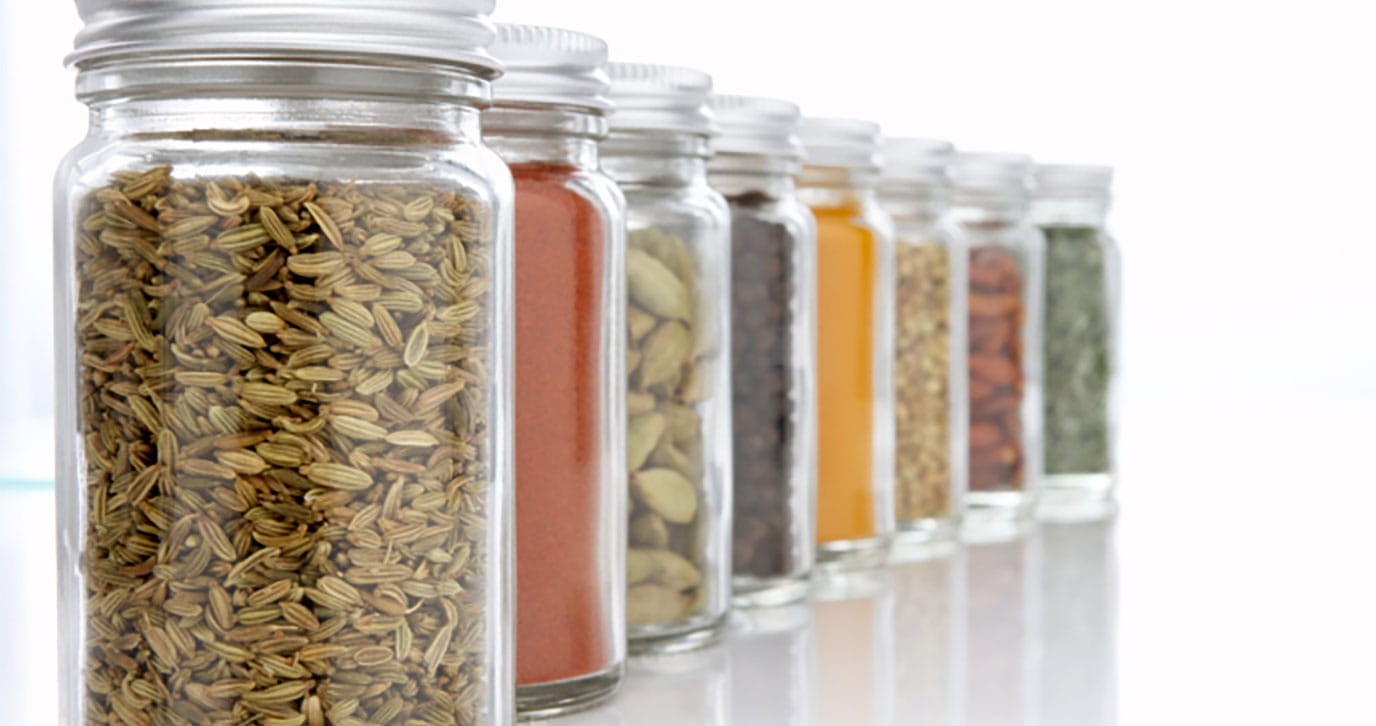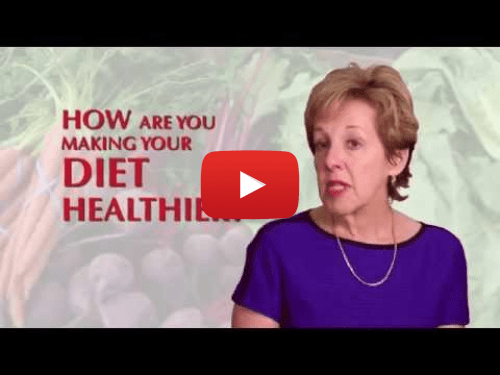More than 380 million adults worldwide are estimated to have diabetes, and the prevalence of type 2 diabetes among children and adolescents is increasing, particularly in the United States. Cinnamon (Cinnamomum verum J. Presl, Lauraceae) may have benefits in the treatment of diabetes by improving blood glucose levels and insulin sensitivity. This review summarizes the findings of key studies and meta-analyses related to the effects of cinnamon on glucose homeostasis.
CINNAMON AND FASTING BLOOD GLUCOSE
A considerable amount of clinical data suggests that cinnamon reduces fasting blood glucose (FBG) concentrations. Decreases in FBG were observed among patients with prediabetes and the metabolic syndrome who took a cinnamon extract (500 mg/d) compared with those who took a placebo for 12 weeks (P = .01) (Figure). A study of adults with type 2 diabetes found that FBG decreased between 18% and 29% when 1, 3, or 6 g of cinnamon was consumed daily for 40 days compared with when a placebo was consumed (P < .05); there was no evidence of a dose response in this study. Other studies reported decreases in FBG among people with type 2 diabetes who took a low-dose (120 mg/d) or a high-dose cinnamon extract (360 mg/d) for 3 months and among patients with nonalcoholic fatty liver disease who took 2 capsules providing 1500 mg of cinnamon daily for 12 weeks. Postprandial blood glucose concentrations also decreased in normal-weight and obese adults who consumed an instant farina cereal with 6 g of ground cinnamon. Further studies are needed to explore dose-response relationships.
Three meta-analyses of 6 to 10 randomized controlled trials found that cinnamon decreased FBG levels significantly among patients with type 2 diabetes and/or prediabetes. The trials included between 186 and 543 patients who consumed 120 mg to 6 g of cinnamon or a cinnamon extract daily for between 4 weeks and 4.5 months. One meta-analysis of 10 randomized controlled trials that included 577 diabetic patients found no conclusive effect of cinnamon on FBG levels, perhaps due in part to the inclusion of 1 study of patients with type 1 diabetes. (Cinnamon has been shown to decrease insulin resistance, which is not a mechanism in type 1 diabetes). In addition, in the meta-analysis of Leach and Kumar, the peer-reviewed positive studies of Ziegenfuss et al and Khan et al were omitted for technical reasons, whereas the study by Rosado, which was published as a PhD thesis and has not been peer reviewed, was included.
CINNAMON AND INSULIN RESISTANCE
Insulin promotes glucose uptake by skeletal muscle and adipose tissue and suppresses glucose production in the liver, thereby decreasing blood glucose. In type 2 diabetes and related conditions such as obesity, hypertension, cancer, and nonalcoholic fatty liver disease, the ability of insulin to reduce blood glucose becomes impaired, which results in insulin resistance. The Homeostasis Model Assessment of Insulin Resistance (HOMA-IR) is a surrogate tool for assessing insulin resistance based on FBG and insulin concentrations. A pilot study among women with polycystic ovary syndrome showed that consuming 1 g of cinnamon daily for 8 weeks decreased insulin resistance. (Insulin resistance occurs in at least 50% of women with polycystic ovary syndrome and may contribute to the syndrome by interfering with the menstrual cycle.) Furthermore, a daily intake of 1500 mg of cinnamon for 12 weeks among patients with nonalcoholic fatty liver disease decreased the HOMA-IR index significantly.
CINNAMON AND GLYCATED HEMOGLOBIN
Glycated hemoglobin (HbA1c) is a clinical measure of a patient’s average blood glucose levels over a period of roughly 3 months. Supplementation with a low-dose (120 mg/d) or a high-dose (360 mg/d) cinnamon extract for 3 months decreased HbA1c levels significantly compared with a placebo group among Chinese patients with type 2 diabetes. A meta-analysis of 6 clinical trials of cinnamon and glycemic control reported a significant decrease in mean HbA1c concentrations in patients with type 2 diabetes, although other meta-analyses found no effect of cinnamon consumption on this outcome measure.
A POSSIBLE MECHANISM FOR CINNAMON’S EFFECTS ON INSULIN RESISTANCE
The enzyme protein tyrosine phosphatase 1B (PTP-1B) may be involved in the effect of cinnamon on insulin sensitivity. Cinnamon decreased PTP-1B activity in an in vitro experiment using rat fat cells. This enzyme acts by dephosphorylating insulin receptors, which increases insulin resistance. The identification of drugs or other compounds that block PTP-1B activity and thereby improve insulin sensitivity is of considerable research and therapeutic interest. The fact that 1 or more bioactive compounds found in cinnamon have the ability to block PTP-1B activity may explain how cinnamon helps prevent insulin resistance.
CONCLUSION
The majority of evidence suggests that the addition of cinnamon or a cinnamon extract to the diet improves glucose homeostasis and insulin sensitivity in people with type 2 diabetes and related syndromes. Specifically, cinnamon has been shown to improve insulin sensitivity by decreasing FBG and insulin levels (HOMA-IR index), decreasing HbA1c concentration, and blocking the activity of the PTP-1B enzyme. These findings suggest a role for cinnamon in reducing the risk of chronic diseases associated with disordered blood glucose and insulin metabolism.















